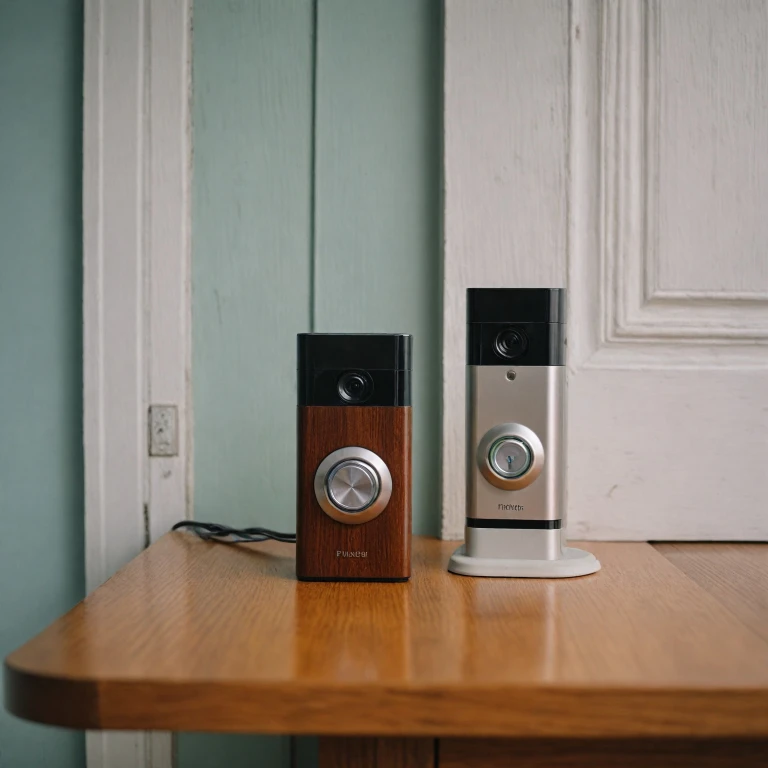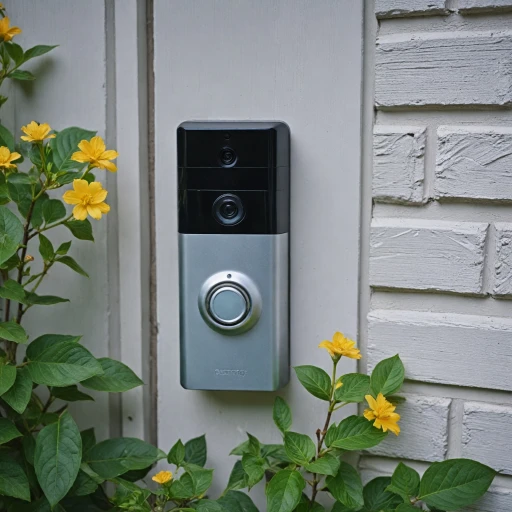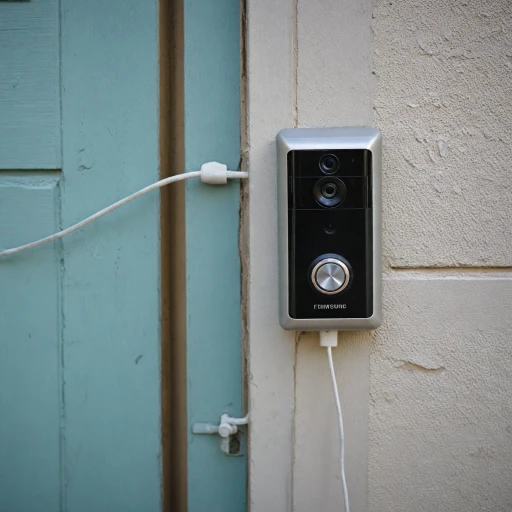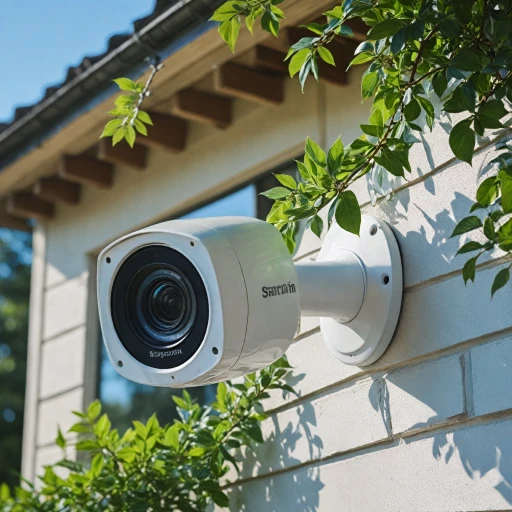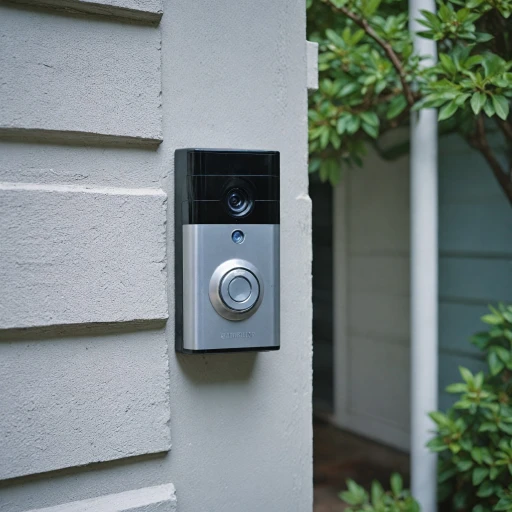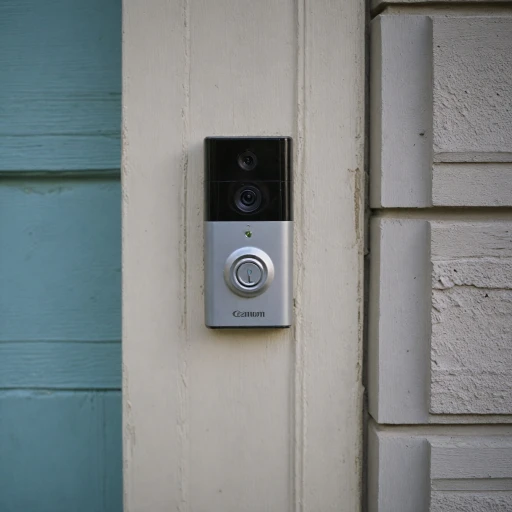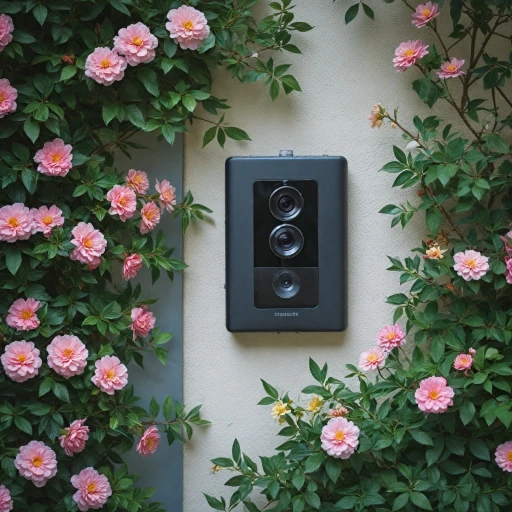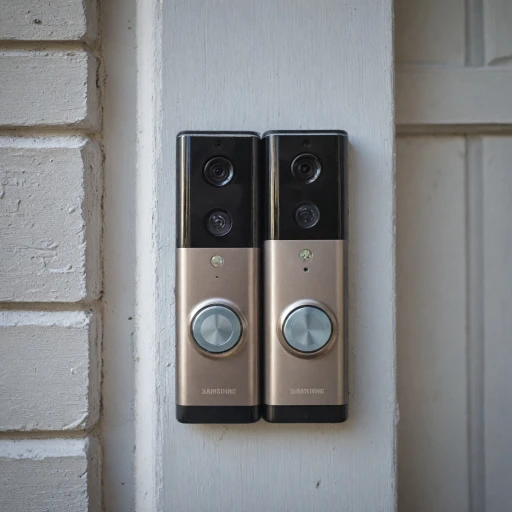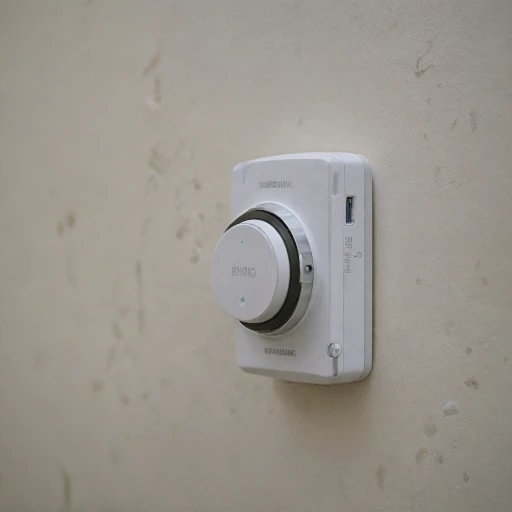
Factors Influencing Charging Time
Elements That Determine Your Ring Device's Charging Duration
When it comes to ensuring your ring doorbell's battery stays charged, understanding the various factors that influence the charging time is crucial. Firstly, the power source you use can significantly affect the rate at which the battery comes to full charge. USB cables with higher amperage, such as those over 2.1 amps, tend to charge the device quicker compared to lower amperage cables. Additionally, ambient temperature plays a role in charging efficiency. Colder environments can extend charging time, as batteries tend to perform optimally at moderate temperatures. Furthermore, the ring doorbell's usage pattern—especially the frequency of motion-triggered events and video recordings—impacts how the charge diminishes over time. More frequent usage results in a quicker depletion of battery power, thus requiring more regular charging cycles. Moreover, the condition of the battery life is an influential aspect. Over time, batteries can degrade, which may lead to longer charging periods and a shorter battery life per charge. Regularly checking the battery status through the Ring app can help in anticipating these changes. Do note that updated firmware and software optimizations in your ring video doorbell can also influence charging dynamics. With these factors in mind, being aware of the charging battery nuances will prepare you for optimal maintenance of your device's charging time. As you dive deeper, consider how these factors could connect with the standard durations you might expect and how to enhance efficiency.Standard Charging Duration
Estimating the Time to Fully Charge Your Ring Doorbell
When it comes to keeping your Ring Doorbell operational, understanding the charging duration is vital. Typically, charging the doorbell battery will vary depending on the model and the power source you're using. On average, you can expect the charging process to take around 5 to 10 hours.
Using the provided micro USB cable to connect to a standard USB power source is the most common method. Charging through a computer USB port, while possible, may take longer due to the lower power output. It's recommended to use a power adapter with at least 2.1A output to ensure a quicker charging cycle.
For those using the Ring Video Doorbell, keeping an eye on the charging light indicator can give you a clear sign of when the device is fully charged. Also, utilizing the Ring app to check battery status gives you more control over when to recharge.
Overall, understanding the time it takes to recharge your doorbell will assist in planning around device downtime, allowing you to maintain continuous security coverage. For a more comprehensive guide on keeping your doorbell charged, you can explore our detailed tips here.
Tips for Efficient Charging
Maximize Your Doorbell's Charging Efficiency
To ensure your Ring doorbell remains powered efficiently for optimal performance, adopting a few strategic tips can make a difference. These practices will not only reduce the time it takes to charging but also enhance the overall lifespan of your doorbell battery.
- Use a High-Quality USB Cable: Investing in a quality micro USB cable is crucial. A robust cable ensures a stable connection between your device and the power source, speeding up the charging process.
- Correct Power Source: Ensure that a reliable power source, like a wall outlet, is used instead of charging via laptop USB ports which typically provide lower power output thus increasing charging time.
- Power Off During Charging: Although Ring doorbells can charge while in operation, switching off the device will channel all energy into the battery, hence achieving a quicker fully charged state.
- Regular Firmware Updates: Frequently updating the device firmware through the Ring app can lead to optimized battery use and charging efficiency.
- Monitor Battery Health: Use the app to check the battery status and understand when your doorbell requires charging, avoiding over-discharge that can shorten battery life.
By implementing these tips, you'll help your Ring doorbell maintain its efficiency, ensuring reliable performance in securing your home throughout its use.
Troubleshooting Charging Issues
Addressing Charging Problems
Experiencing issues with charging your Ring doorbell battery can be frustrating, but identifying the root cause can help maintain the device's functionality. Here are some common troubleshooting steps to consider:- Check Your Power Source: Ensure that the USB cable you are using is functioning properly and that the power source is adequate. Try using a different USB cable or power adapter to see if this resolves the problem. Sometimes, a faulty cable can prevent the battery from charging efficiently.
- Inspect Security Screws and Mounting Bracket: If your doorbell is not charging, inspect the security screws and mounting bracket to ensure they are secure. A loose connection might obstruct the charging process.
- Review Device Settings: The Ring app can provide insights into the battery's status. Check if there are any settings within the app that might be limiting the charging capacity or affecting battery life.
- Observe Power Consumption: If your Ring video doorbell is frequently activated, either by motion or manual usage, this could lead to a faster power drain and longer charging periods. Reducing unnecessary motion alerts might help manage battery consumption more effectively.
- Consider Environmental Factors: Cold weather conditions can impact battery efficiency. If your Ring doorbells are exposed to low temperatures, it might affect charging speed and overall battery life.
Comparing Charging Times Across Models
Comparing Charging Times Between Different Ring Doorbell Models
When contemplating the charging duration for your Ring doorbell, it's essential to consider the specific model you own. Different models come with unique features and power requirements that can influence charging time. Here's a breakdown to guide you:- Ring Video Doorbell: This classic model typically requires around 4 to 6 hours to reach a fully charged status via the micro USB. It's straightforward, being battery-powered and needing less frequent charges due to its efficient power management.
- Ring Doorbell 2 and 3: These models offer enhanced video quality and additional security features, which might necessitate slightly longer charging periods. Expect these to take about 5 to 7 hours when connected through a standard USB cable. Their removable batteries allow for more flexibility in charging.
- Ring Doorbell 4: With improved motion detection and video capabilities, this doorbell may charge in roughly 5 to 7 hours. The bigger capacity batteries enhance battery life, though they might influence longer charging cycles.
- Ring Video Doorbell Pro: Not running on batteries, this model directly connects to an existing doorbell wire, negating the need for regular charging. However, ensure that the power source is reliable and consistent.
- Ring Doorbell Elite: This high-end model utilizes Ethernet for power and connectivity, eliminating charging concerns. Instead, focus on checking the power source to maintain optimal device functioning.
Maintaining Battery Health
Enhancing Your Ring Doorbell's Battery Longevity
Maintaining battery health in your ring doorbell is crucial for ensuring a consistent operation that secures your home with reliable power. Here are some insights on keeping your device's battery in good shape, which will ultimately provide a longer lifespan and more effective security monitoring.- Monitor Battery Levels Regularly: Using the ring app, keep a close eye on the battery percentage of your video doorbell. Acting promptly when the charge dips can prevent unexpected power loss.
- Avoid Draining Completely: Allowing the battery to deplete to zero frequently can adversely affect its longevity. Timely charging before it completely runs out is advisable.
- Optimize Usage Settings: Adjust settings such as video recording length and motion detection sensitivity to avoid unnecessary power consumption. Reducing these can extend the time between charges.
- Use Quality USB Cables: When charging, utilize a good micro USB cable and avoid generic types that can strain charging efficiency. Quality cables ensure a stable transfer of power, reducing charging time and improving battery health.
- Regularly Examine Power Source: Ensure your charging power source is reliable. A steady, strong charge is vital for battery conditioning.
